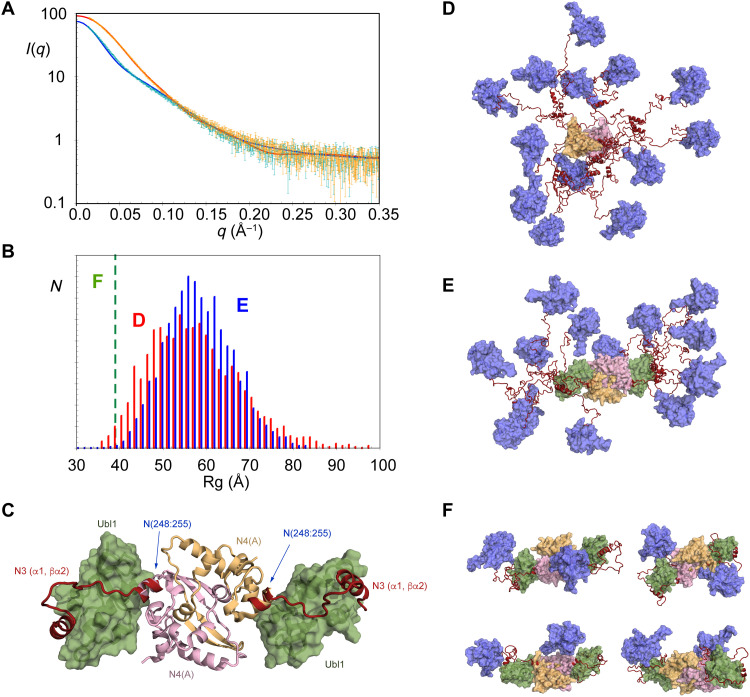Fig. 5. Binding of Ubl1 causes massive compaction of N234.
(A) SAXS of N234, free (green) and Ubl1-bound (orange). Experimental data are broadly reproduced by a model with N3 sampling statistical coil conformations [see (E)] [blue curve (D)]. Binding of Ubl1 provokes a collapse in conformational sampling. These data can only be reproduced by compact conformations of N234:Ubl1 [examples in (F)] shown by the red curve. (B) Distribution of radii of gyration (Rg) of 10,000 models of N234 (red), randomly sampling conformational space defined by statistical coil sampling for N3 (except helix α1) (D). Blue: Distribution Rg of 10,000 models of N234 bound to Ubl1, randomly sampling conformational space defined by statistical coil sampling for the dynamic region of N3 [175 to 215 and 232 to 242 (E)]. Green dashed line shows the Rg measured from experimental SAXS, in agreement with highly compact models of N234:Ubl1 complex (F). (C) Representation of the core scaffold, comprising the sN3:sUbl1 complex and N4 dimer [PDB code 6wzo (28)]. Relative positions of N4 and sN3:sUbl1 were assembled by superposition of helix α2. (D) Statistically available conformational sampling of free N234 described in (B). Colors as in Fig. 1: magenta, N2 domains; pink, N4; orange, N4; red, N3. (E) Statistically available sampling of Ubl1-bound N234 described in (B). Colors as in (D): green, Ubl1. (F) Models that reproduce experimental SAXS data of Ubl1-bound N234. On the basis of our current experimental data, we cannot distinguish between different compact conformations. Color legend as in (E).

